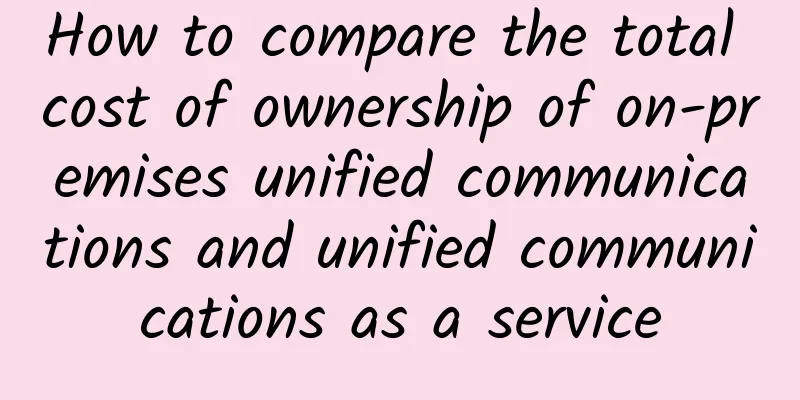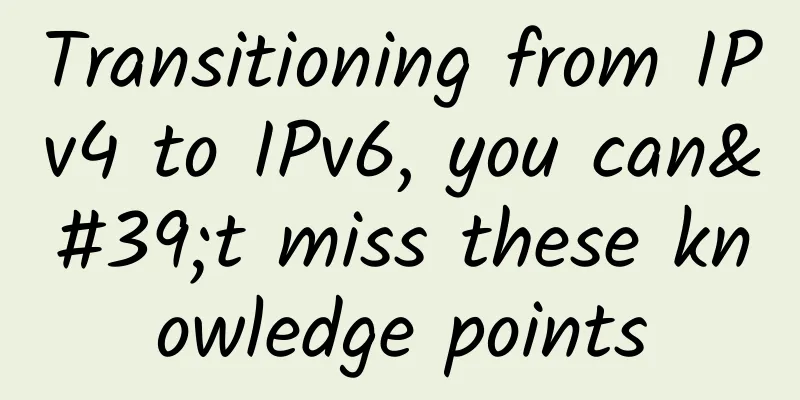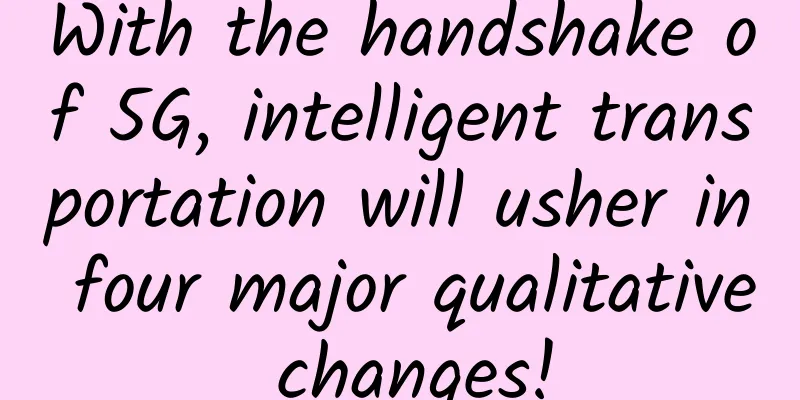How to compare the total cost of ownership of on-premises unified communications and unified communications as a service

|
While total cost of ownership (TCO) can be a useful metric when weighing on-premises UC options, it's not as relevant when evaluating cloud services. Comparing on-premises UC vs. UCaaS requires considering two factors. Total cost of ownership (TCO) is an important factor in an organization's purchasing decision, but it is not the only metric for comparing on-premises and cloud-based unified communications.
Any on-premises technology is inherently asset-based, typically capital expenditure (Capex), where the hardware is owned by the organization and its lifecycle is based on amortized cost. This creates a clearly defined and well-established set of metrics to determine total cost of ownership (TCO). On the surface, TCO helps with accounting, but its real value is in comparing bids from vendors selling similar products. Sometimes, TCO is the main criterion for selecting the winning bidder, but it can also be a tie-breaker when other criteria are more or less the same across bidders. Because the technology is subscription-based rather than asset-based, total cost of ownership (TCO) comparisons are irrelevant for UCaaS, which only owns a few relatively inexpensive IP phones and peripherals. Therefore, organizations must consider two key points: 1. Don’t use total cost of ownership (TCO) to compare on-premises UC vs. UC as a Service Unified Communications (UC) is a capital expense, while Unified Communications as a Service (UCaaS) is an operating expense. Therefore, their value is based on different metrics and cost factors. Although these technologies have some common elements, there are not enough to make a meaningful comparison. Total cost of ownership (TCO) is a concept in the hardware world, which simply does not apply to software running in the cloud. 2. Comparison of competing unified communications as a service (UCaaS) products Unified Communications as a Service (UCaaS) follows a consumption-based Software as a Service (SaaS) model. While both on-premises and cloud-based versions of UC offer comparable utility to end users, as IT teams increasingly move workloads to the cloud, UCaaS is part of that transformation. Once that transformation has taken place, there is no need to compare between the two forms. For enterprises trying to determine which deployment model is best for UC, TCO will not provide the answer. If UCaaS is going to be the plan for the future of an organization, the more important metrics will be in UCaaS offerings where all cost factors can be compared on an easier like-for-like basis. |
<<: Don’t say that 5G is just faster than 4G. Don’t you realize the importance of 5G?
Recommend
Detailed explanation of Tomcat HTTP protocol and AJP protocol
The main function of Tomcat is to provide a Servl...
CentOS8 installation screen prompts No match for argument: screen
CentOS8 has been released for some time. I person...
Why do mobile network testers still pursue speed at all costs?
Communications operators must refocus on covering...
"New infrastructure" is a super hot spot, with direct investment exceeding 10 trillion yuan and driving investment exceeding 17 trillion yuan
At the press conference of the National Developme...
Millimeter wave: a hurdle that 5G deployment cannot overcome
5G is seen by the industry as a revolutionary wir...
Essential for operation and maintenance: 20 common service ports and their corresponding service information
In the operation and maintenance process, it is c...
1Gbps ultra-high-speed broadband will be available in some cities next year
On December 26, the National Industrial and Infor...
How will 6G change the workplace?
The next generation of connectivity is coming, pr...
Sharktech: 1Gbps unlimited traffic from $79/month, 10Gbps unlimited traffic from $329/month, data centers in Los Angeles/Denver/Netherlands
Sharktech (also known as Shark Data Center, SK Da...
5G broadcasting is coming! 5G mobile phones can receive TV programs for free: regardless of operator
[[355610]] In addition to high-speed downloads an...
H.266 codec standard released to replace H.265/HEVC: video clarity remains unchanged, data volume is halved
This week, Fraunhofer HHI officially announced th...
A national expert group visited Tiantan Hospital to discuss the smart transformation of hospitals in the digital era
On August 27, the "Entering Tiantan - Smart ...
Illustration | A cross-domain problem confused me
[[439558]] This article is reprinted from the WeC...
KhanWebHost: $1/month KVM-2GB/10GB SSD/1TB/Texas
KhanWebHost recently released a US VPS hosting pa...
RackNerd limited time promotion for 72 hours, annual payment starts from $14.89 in Los Angeles data center
Today, RackNerd offers three hot-selling packages...









